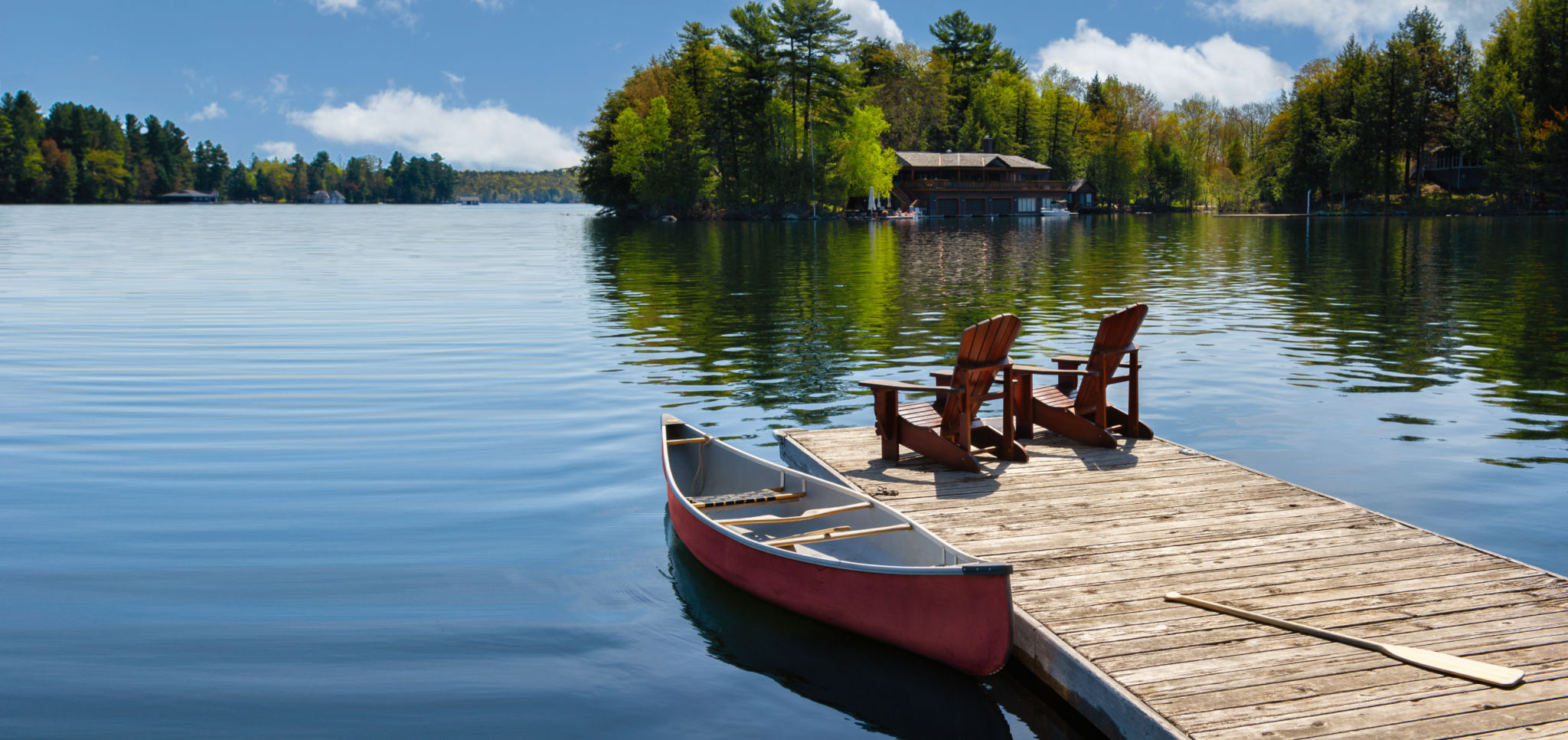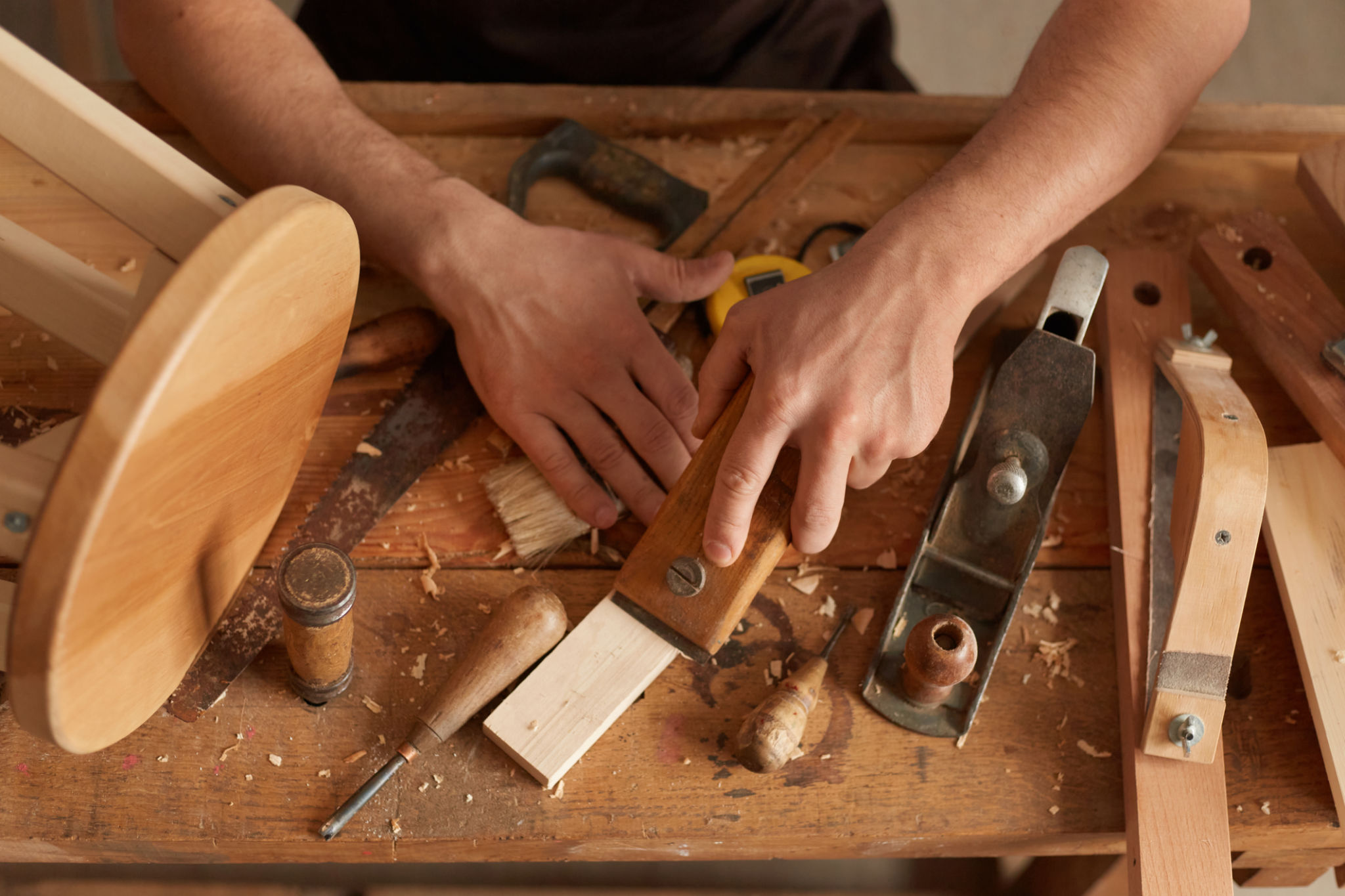DIY Dock Installation: What You Need to Know Before You Start
Understanding the Basics of Dock Installation
Installing a dock can be a rewarding DIY project, providing you with a personal space to enjoy the water. However, it’s essential to understand the basics before diving in. A dock installation requires careful planning, precise measurements, and the right materials. Knowing your local regulations and water conditions is crucial to ensure your dock is safe and legal.

Choosing the Right Type of Dock
Before you start, it’s important to decide on the type of dock that best suits your needs. There are generally two types: floating docks and stationary docks. Floating docks adjust with the water level, making them ideal for bodies of water with significant fluctuations. Stationary docks, on the other hand, are fixed and more stable, which can be suitable for areas with minimal water level changes.
Floating Docks
Floating docks are versatile and easier to install, as they don’t require heavy anchoring or deep pilings. They are typically made of plastic or wood and can be configured in various shapes. This type of dock is perfect if you anticipate needing to remove or reconfigure your dock seasonally.
Stationary Docks
If you prefer a more permanent solution, stationary docks are the way to go. These docks are built with sturdy pilings driven into the lakebed or riverbed. They are more labor-intensive to install but offer superior stability and longevity.

Gathering the Necessary Materials and Tools
Once you've determined the type of dock you need, gathering the necessary materials and tools is the next step. Here’s a basic list of what you may need:
- Pilings or floats, depending on your dock type
- Decking material such as treated wood or composite
- Galvanized screws and connectors
- Level and measuring tape
- Drill, saw, and other hand tools
Planning the Installation
Planning is a crucial part of the installation process. Start by measuring your waterfront area accurately to determine the size and shape of your dock. Consider any potential obstacles like rocks, trees, or existing structures that might affect the installation. Sketch a detailed plan to guide you through the process.

Understanding Water Conditions and Regulations
The conditions of your water body play a significant role in your dock design. Check for currents, tides, and seasonal variations in water level. Additionally, it's essential to comply with local regulations regarding waterfront construction. Obtain any required permits before starting the project to avoid any legal issues.
Environmental Considerations
Respecting the environment is vital during dock installation. Ensure your materials do not harm aquatic life and consider using eco-friendly options whenever possible. Avoid disturbing natural habitats and dispose of any waste responsibly.
Executing the Installation
With your plan in hand, begin the installation by marking out where your dock will sit on the shore. For floating docks, assemble the sections on land and then float them into position. For stationary docks, you’ll need to install pilings first, which may require heavy machinery or professional assistance if driving them manually isn’t feasible.
Safety First
Safety should always be your top priority. Wear appropriate protective gear such as gloves and life vests when working near or on the water. Double-check all measurements and connections to ensure your dock is secure and stable.
Final Touches and Maintenance
Once your dock is installed, add any final touches like railings or ladders for accessibility. Regular maintenance will prolong the life of your dock; inspect it periodically for any wear or damage. Tighten loose fittings, replace worn-out materials, and clean it regularly to keep it in top condition.
By following these steps and tips, you can have a functional and aesthetically pleasing dock that enhances your enjoyment of waterfront living.